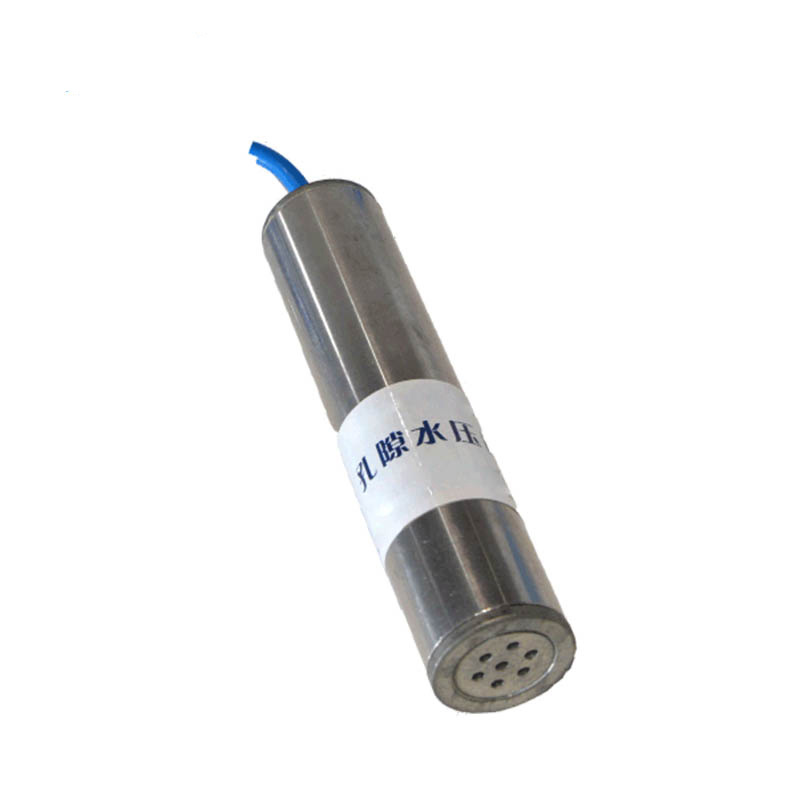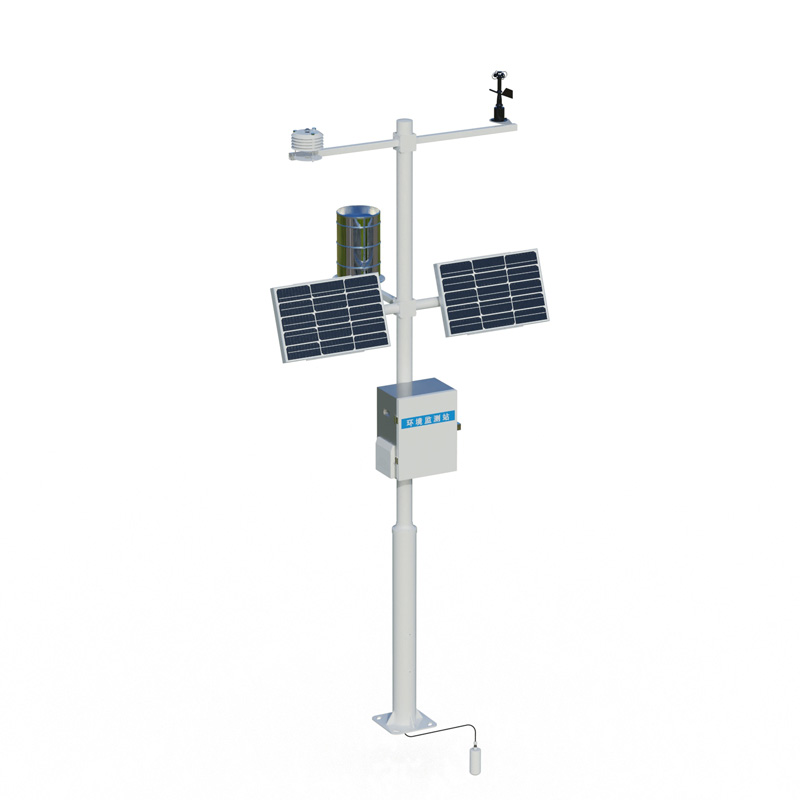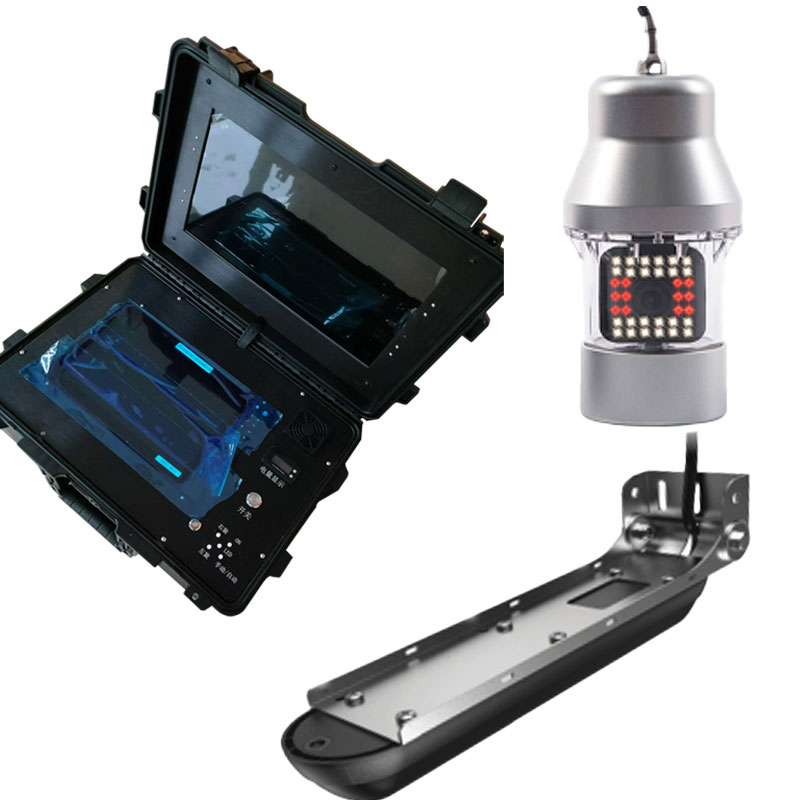An agro-meteorological station does not just record the weather; it specialises in monitoring temperature, humidity and rainfall on farmland. These data are very valuable to farmers and are closely related to the growth cycle of crops. It is a meteorological monitoring device composed of a variety of sensors, the conventional ones are temperature and humidity, wind direction and speed, barometric pressure, rainfall sensors, and the special ones are light, soil temperature and humidity, leaf humidity, CO2 and other sensors. It is often installed in the farmland or greenhouse, powered by solar energy, data can also be transmitted wirelessly.
Agro-meteorological stations have a number of monitoring sensors which measure the effects of different factors on crops.
In terms of temperature, low temperatures can lead to crop damage, while high temperatures can cause crops to transpire too quickly and lose their water balance.
The effect of water is also important; lack of water can limit or even kill crops, while too much water can lead to saturated soil and damage crop roots.
Wind has both positive and negative effects on farmland. On the one hand, it regulates the microclimate of the farmland and allows crops to get fresh air; on the other hand, high winds can exacerbate drought and soil erosion.
The acidity and alkalinity (pH) and electrical conductivity (EC) of the soil are also important, as the right pH and EC values allow for better crop growth. too high or too low a pH and an inappropriate EC value can affect crop growth.
An agro-meteorological observatory is important to farmers because it tells them what the weather is like, possible meteorological disasters, etc., and helps them to reduce their losses. It also provides data for agricultural research, making agricultural production more scientific. In a word, the agrometeorological observatory is a good helper for agricultural production.

This paper addresses:https://fengtusz.com/industry/142.html









